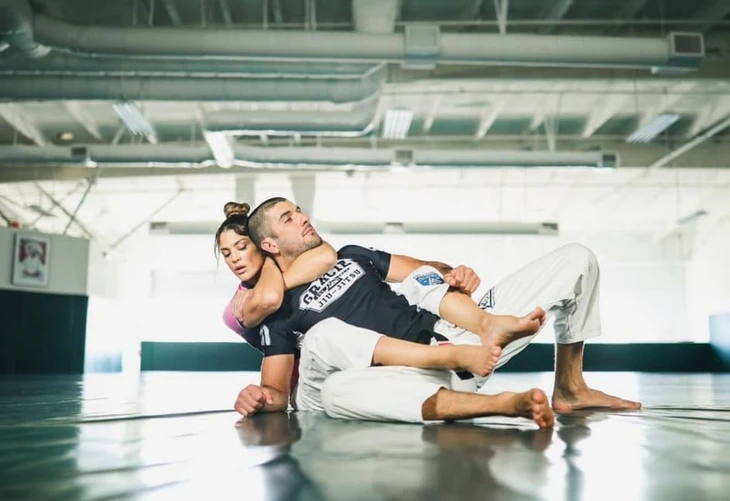
Self-defense classes for women are on the rise - Photo: RA
Does the weak win over the strong exist?
In fact, the concept of the weak defeating the strong is "only in novels and movies". Except in special cases of inequality, women have almost no hope of defeating the opposite sex in competitive sports , especially martial arts.
But the sports and scientific worlds make more practical assumptions: training women to temporarily control men, most commonly against attackers.
Many experts in the fields of law, security, gender studies and martial arts have pointed out that: Krav maga and Brazilian jiu-jitsu (BJJ) are the two most practical and effective martial arts that women should learn to protect themselves.
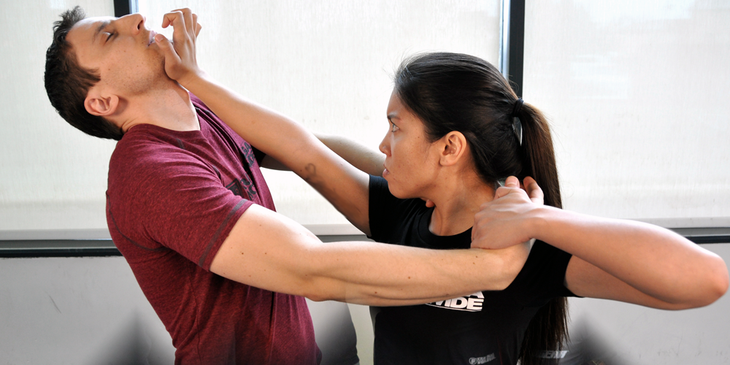
Krav Maga's attacks are considered highly effective - Photo: RA
It is no coincidence that women's defense organizations in the US and Europe integrate these two subjects into their survival training programs.
Krav Maga, a combat martial art developed by the Israeli military, is designed to help weaker people escape quickly by delivering short, powerful, and deadly blows to weak points such as the eyes, throat, groin, or knees.
Meanwhile, BJJ – derived from traditional jiu-jitsu and developed in Brazil – is particularly suitable for situations where women are taken down, pinned to the floor, or controlled from above.
This martial art teaches the use of arm locks, chokes, joint breaks or distance to reverse the situation.
When combined, Krav Maga and BJJ not only help women escape immediate danger, but also maintain the initiative in seemingly untenable situations.
Learn martial arts not to win, but to avoid being a victim.
Dr. Phyllis Frankl Stowell, a researcher on gender and martial arts at John F. Kennedy University (USA), said that many women are not interested in martial arts because they are afraid of violence or lack confidence.
According to her, martial arts such as Karate or Taekwondo are for performance or competition purposes and are not suitable for real-life situations such as being dragged into a dark alley, being strangled in an elevator or being restrained in a closed room.
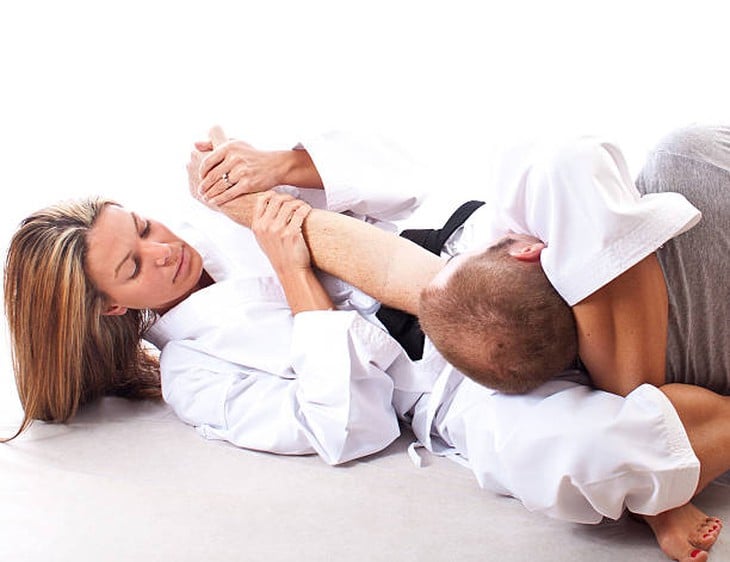
BJJ's choking, breaking, and locking techniques are especially suitable for women to fight against rapists - Photo: CT
Krav Maga and BJJ, in contrast, provide reflexive, accessible survival skills that are not dependent on physical fitness.
“Krav Maga and Jiu-Jitsu do not turn women into fighters, but rather help them not become victims,” she stressed in a 2019 research paper published in the Journal of Martial Arts Studies.
From a legal perspective, Professor Sarah Buel – a gender violence prevention expert at the University of Arizona (USA) – also agrees that women when attacked often only have a few seconds to react.
She analyzed that fancy or showy martial arts moves are often ineffective because the victim does not have enough time or space to execute them.
Instead, simple techniques like choking from below, kicking the groin, jerking the wrist or using a knee to the chest of the opponent offer a higher chance of survival.
According to her, Krav Maga and BJJ are two rare martial arts systems that simulate real-life attack situations, in which women can be pressed against or pinned to the floor.
“In fact, women who know how to strangle or lock their legs have a higher chance of surviving seemingly impossible situations,” she told the Harvard Women's Law Journal.
Another study from Dr. Randy Borum, a forensic psychologist and security expert at the University of South Florida, found that most attacks on women are sudden, unannounced, highly violent, and often begin with a physical assault from behind.
After analyzing hundreds of videos of real attacks, Mr. Borum asserted that the first two to five seconds of reaction are vital.
When a victim falls to the ground, knowing how to create leverage, use your hips to rotate, and squeeze the opponent's arms or legs can create a turning point.
“Krav Maga is the first response. BJJ is the last resort. The two complement each other to create a chance of survival,” he concluded in a 2020 study published in the Journal of Psychology & National Security.
The non-governmental organization National Self-Defense Institute (NSDI) – which has trained thousands of women in the US – also shares the same opinion.
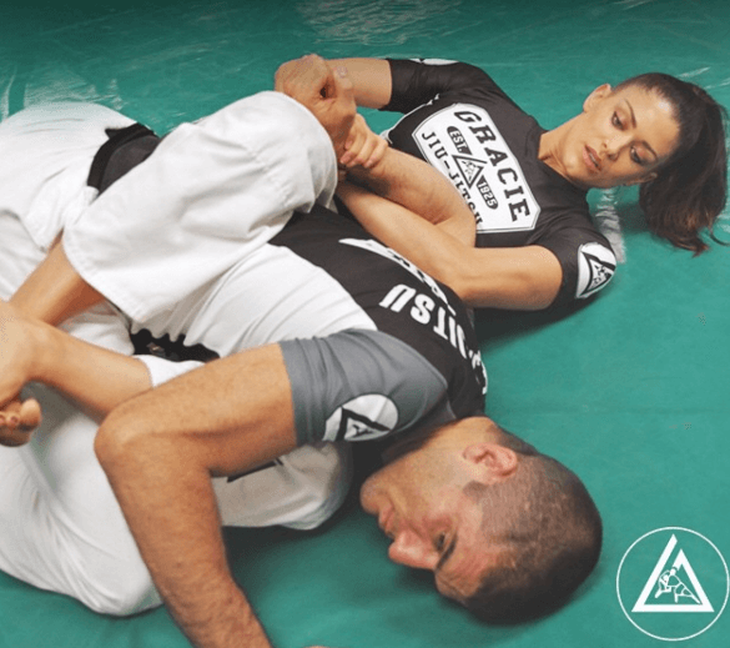
Strikes in the lying position are especially valued - Photo: GB
In its 2021 self-defense training manual, the NSDI recommends that women’s self-defense programs incorporate both counter-attack and subjugation techniques. They say the integrated Krav Maga and BJJ model helps women respond effectively to both situations: being attacked by surprise and being pinned to the ground.
One notable point is that neither of these martial arts requires the practitioner to have any strength or previous martial arts experience.
Krav Maga is all about developing reflexes when surprised – like yelling loudly, punching the neck, using elbows or knees to create distance, then running away immediately.
BJJ, on the other hand, goes into technical depth, teaching students how to control an opponent when locked, pinned or forced, using center of gravity and leverage techniques to overcome physical differences. That is why many women's self-defense centers around the world have chosen to include both in their basic training programs.
According to statistics from simulation training sessions, the success rate of women escaping after 8 to 12 training sessions can reach 70–80%, if properly instructed in technique.
“Simple reflexes, deadly strikes, body control – that’s the key. Krav Maga and BJJ provide exactly that,” NSDI asserts.
Source: https://tuoitre.vn/hai-mon-vo-giup-phu-nu-de-dang-ha-guc-nam-gioi-20250706193640865.htm


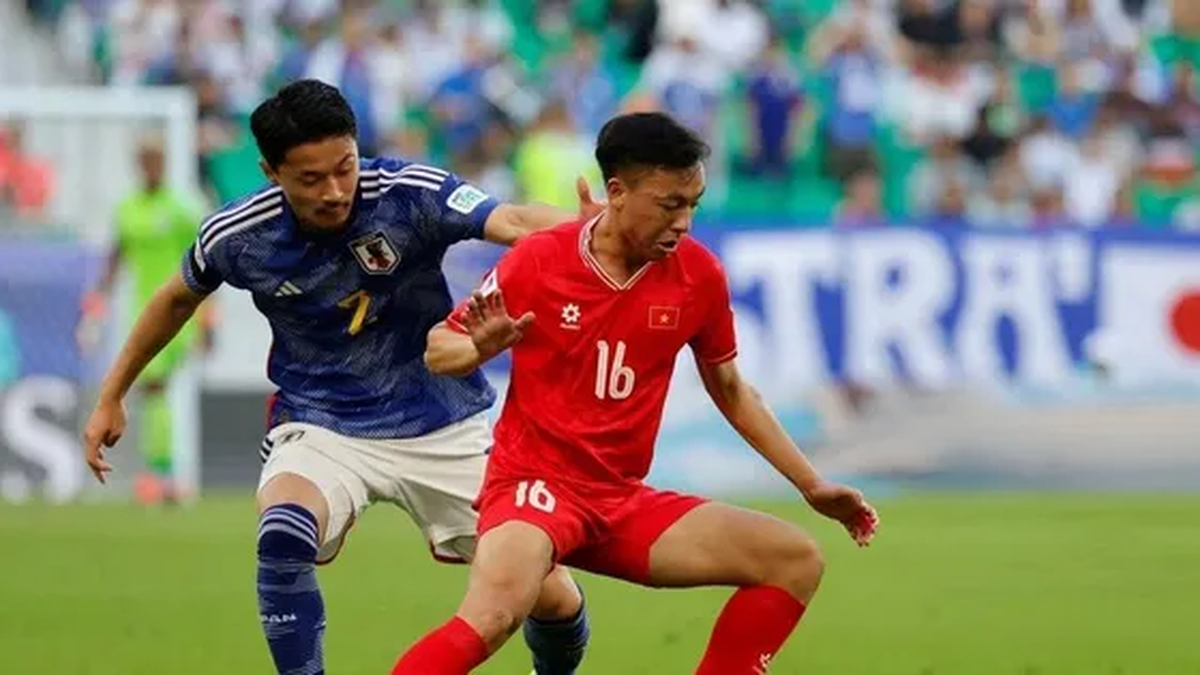




























![[Photo] Gia Lai provincial leaders offer flowers at Uncle Ho's Monument with the ethnic groups of the Central Highlands](https://vphoto.vietnam.vn/thumb/1200x675/vietnam/resource/IMAGE/2025/7/9/196438801da24b3cb6158d0501984818)







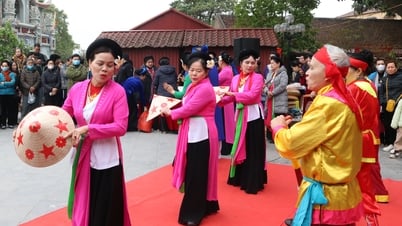



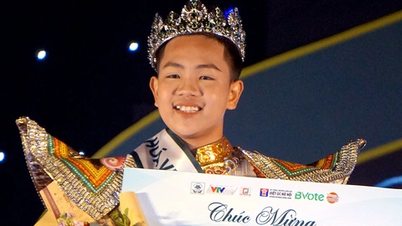


































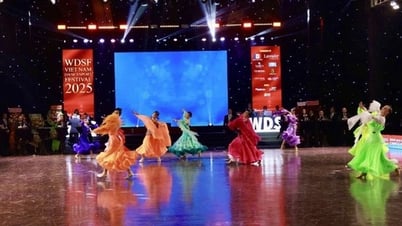




















Comment (0)